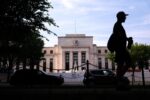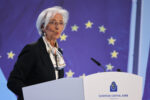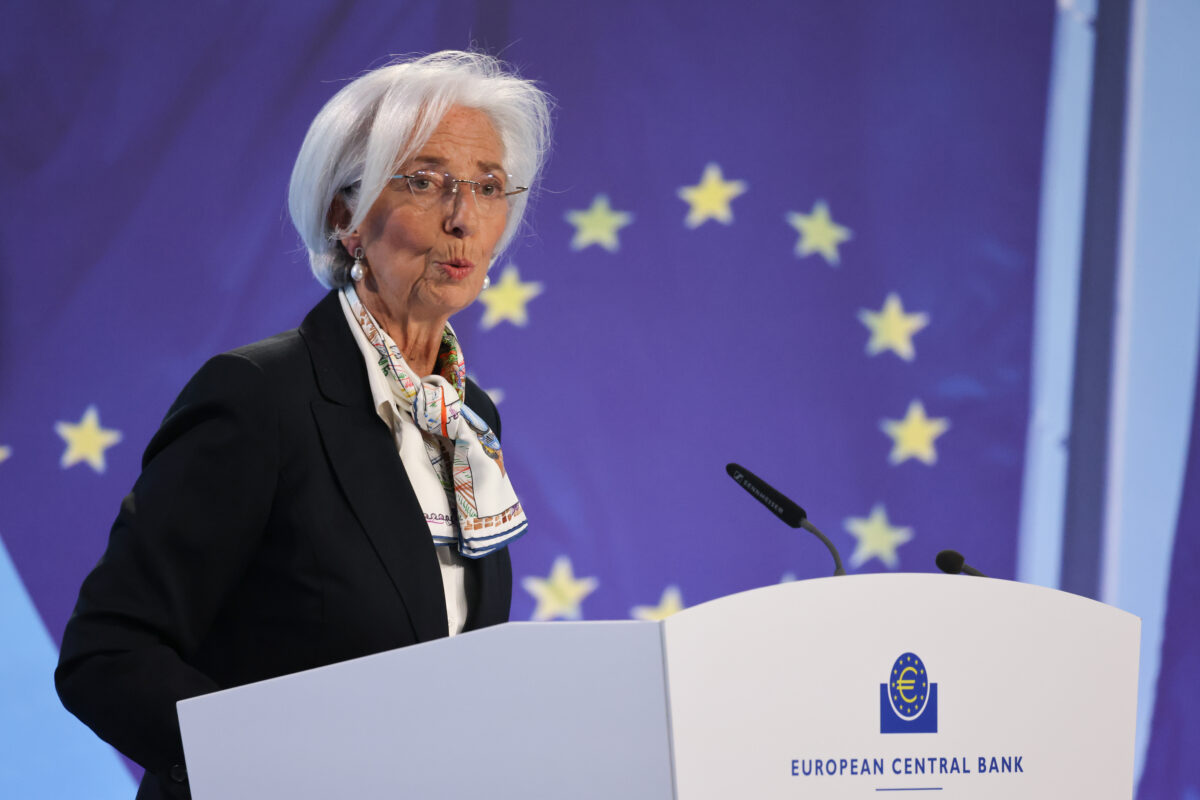Die Bank of England hat soeben mitgeteilt, dass sie den Leitzins einstimmig unverändert bei 0,1 Prozent belässt. Die Anleihekaufprogramme laufen wie bereits bekannt weiter. Die aktuelle Geldpolitik sei der Situation angemessen. Pfund vs US-Dollar reagiert aktuell mit -9 Pips.
Hier der Erläuterungstext der Bank of England im Wortlaut:
In the MPC’s central projections in the August Monetary Policy Report, UK GDP was projected to recover further over the remainder of the year, with demand growth boosted by a waning impact from Covid-19 (Covid). There was projected to be a period of excess demand in the near term, before demand and supply were expected to return broadly to balance as demand growth slowed and constraints on supply eased. CPI inflation was projected to rise temporarily in the near term, to 4% in 2021 Q4, owing largely to developments in energy and goods prices. Conditioned on the market path for interest rates, CPI inflation was expected to fall back to close to the 2% target in the medium term.
Since the August MPC meeting, the pace of recovery of global activity has showed signs of slowing. Against a backdrop of robust goods demand and continuing supply constraints, global inflationary pressures have remained strong and there are some signs that cost pressures may prove more persistent. Some financial market indicators of inflation expectations have risen somewhat, including in the United Kingdom.
Bank staff have revised down their expectations for the level of UK GDP in 2021 Q3 by around 1% since the August Report, leaving the expected level of Q3 GDP around 2½% below its pre-Covid level. This downward revision in part reflects the emergence of some supply constraints on output. These have been evident in surveys showing historically lengthy supplier delivery times and backlogs of work, significant material and labour shortages in a number of sectors, and lower than normal levels of inventories. Momentum appears to have picked up in services-orientated sectors where output remains well below pre-Covid levels. Although official estimates of retail sales have weakened somewhat, other indicators of spending have generally remained at strong levels, as has consumer confidence.
The Labour Force Survey unemployment rate fell to 4.6% in the three months to July, slightly below the August Report forecast, while HMRC payroll data suggest that employee numbers (which include furloughed jobs) surpassed their 2019 Q4 level in August. The number of full and part-time furloughed jobs has continued to decline, but, on the basis of the most recent reported number of 1.7 million in July, to a materially lesser degree than estimated in the August Report. There have been few signs of any increase in redundancies, and the stock of vacancies has increased further, as have indicators of recruitment difficulties. Bank staff’s estimate of underlying pay growth has picked up, to above its pre-pandemic rate.
Uncertainty around the outlook for the labour market has therefore increased. Key questions include how the economy will adjust to the closure of the furlough scheme at the end of September; the extent, impact and duration of any change in unemployment; as well as the degree and persistence of any difficulties in matching available jobs with workers. The Committee will review these, along with other, developments as part of its forthcoming forecast round ahead of the November Monetary Policy Report, which will also include its periodic assessment of the supply side of the economy.
Twelve-month CPI inflation rose from 2.0% in July to 3.2% in August, compared with the 3.0% figure expected in the August Report, and triggered the exchange of open letters between the Governor and the Chancellor of the Exchequer that is being published alongside this monetary policy announcement. Core inflation also rose to 3.1% in August, its highest rate since November 2011. While base effects accounted for the majority of the increase in CPI inflation between July and August, global cost pressures have continued to affect UK consumer goods prices. To a lesser degree, the reopening of the economy has led to a further increase in some consumer services prices. Indicators of households’ medium-term inflation expectations have increased in recent months, with the Citi/YouGov five-to-ten year ahead measure at its highest level since 2013 in September.
CPI inflation is expected to rise further in the near term, to slightly above 4% in 2021 Q4, owing largely to developments in energy and goods prices. The material rise in spot and forward wholesale gas prices since the August Report represents an upside risk to the MPC’s inflation projection from April 2022. Most other indicators of cost pressures have remained elevated. The Committee’s central expectation continues to be that current elevated global cost pressures will prove transitory.
The MPC’s remit is clear that the inflation target applies at all times, reflecting the primacy of price stability in the UK monetary policy framework. The framework also recognises that there will be occasions when inflation will depart from the target as a result of shocks and disturbances. In the recent unprecedented circumstances, the economy has been subject to very large shocks. Given the lag between changes in monetary policy and their effects on inflation, the Committee, in judging the appropriate policy stance, will as always focus on the medium-term prospects for inflation, rather than factors that are likely to be transient.
At its previous meeting, the Committee judged that, should the economy evolve broadly in line with the central projections in the August Monetary Policy Report, some modest tightening of monetary policy over the forecast period was likely to be necessary to be consistent with meeting the inflation target sustainably in the medium term. Some developments during the intervening period appear to have strengthened that case, although considerable uncertainties remain. The Committee will be monitoring closely the incoming evidence regarding developments in the labour market, and particularly unemployment, wider measures of slack and underlying pay pressures; the extent to which businesses pass on wage and other cost increases, as well as medium-term inflation expectations.
Kommentare lesen und schreiben, hier klicken













